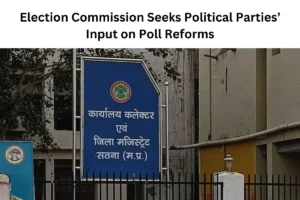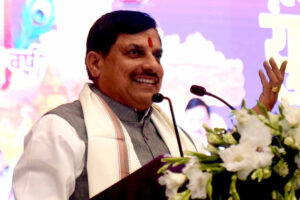
Unified Pension Scheme (UPS) Explained: 6 Key Points for Central Government Employees
The central government has introduced the Unified Pension Scheme (UPS), designed to provide financial security and stability to central government employees post-retirement. The scheme is expected to impact 23 lakh employees immediately, with potential expansion to 90 lakh if state governments choose to join. Here’s a breakdown of the key features of the UPS:
1. Assured Pension
Employees with at least 25 years of service will receive an assured pension, amounting to 50% of their average basic pay over the last 12 months before retirement. Those with less than 25 years of service will receive a proportionate pension, with the minimum qualifying period set at 10 years.
2. Assured Family Pension
In the event of an employee’s death, their spouse will be entitled to a family pension, which is assured at 60% of the pension the employee was drawing before their demise.
3. Assured Minimum Pension
Employees who have completed a minimum of 10 years of service are guaranteed a minimum pension of ₹10,000 per month upon retirement, ensuring a basic level of financial security.
4. Inflation Indexation
Both the assured pension and family pension will be adjusted for inflation, ensuring that the benefits keep pace with the rising cost of living.
5. Dearness Relief
Retirees under the UPS will receive Dearness Relief similar to serving employees, based on the All India Consumer Price Index for Industrial Workers (AICPI-IW).
6. Lump Sum Payment on Superannuation
Upon retirement, employees will receive a lump sum payment in addition to their gratuity. This payment will be 1/10th of the employee’s monthly emoluments (including pay and Dearness Allowance) for every completed six months of service.
Prime Minister Narendra Modi, in a recent statement, emphasized the government’s commitment to ensuring the dignity and financial security of government employees through the UPS. He highlighted the crucial role of government employees in national progress and reiterated the government’s dedication to their well-being.
The introduction of the UPS comes at a time when several non-BJP states have decided to revert to the DA-linked Old Pension Scheme (OPS), which is considered fiscally unsustainable due to its non-contributory nature. Unlike the OPS, the National Pension Scheme (NPS), which applies to employees joining the central government after January 1, 2004, requires contributions from employees, making it a more sustainable option.
As the UPS rolls out, it could potentially extend benefits to a much larger pool of government employees across India, depending on the decisions made by state governments.







